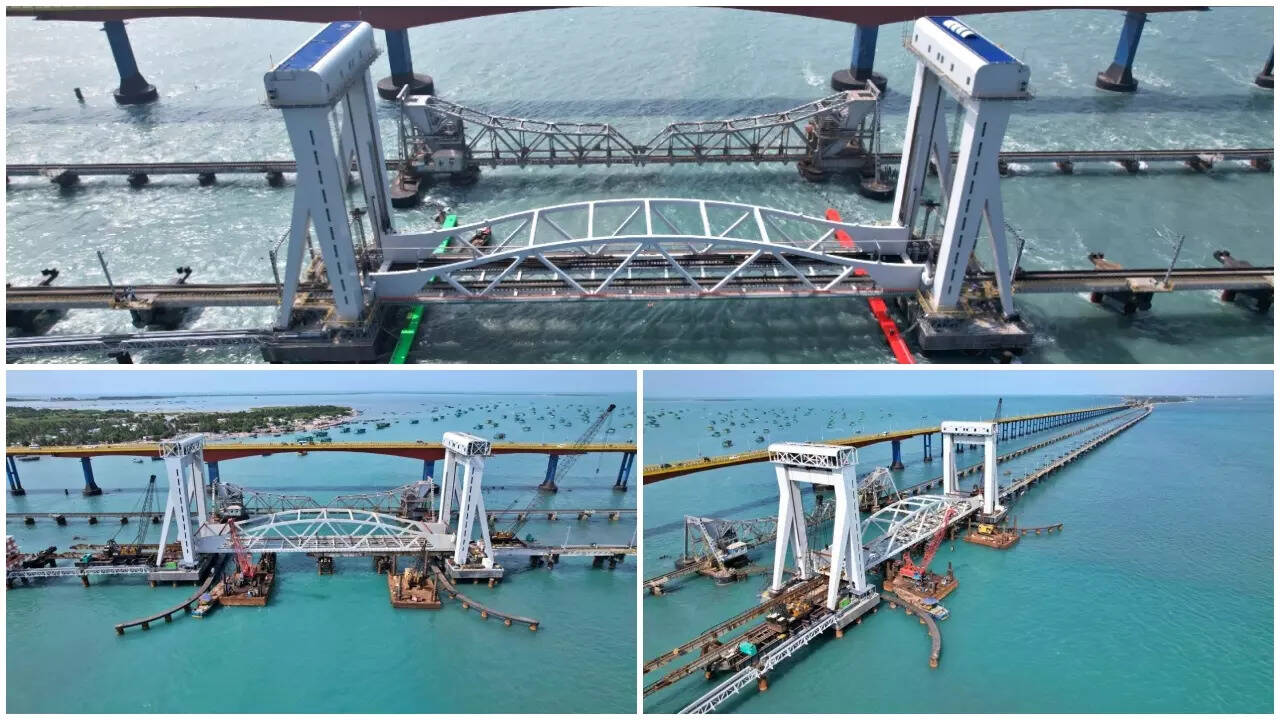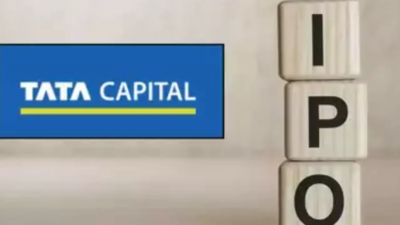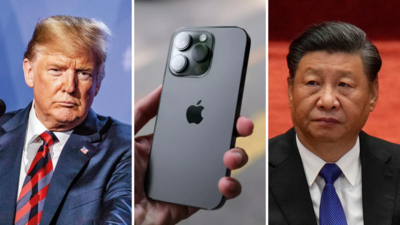Ola Electric, Bhavish Aggarwal-founded electric scooter manufacturing firm based in Bengaluru, said by March end it completed the ‘restructuring exercise’ it commenced in November 2024 with ‘an aim of accelerating root to profitability.’
‘’We have completed the restructuring plan that we began in November last year. All layoffs were part of our attempt to remove any talent redundancy existing across the organisation,’‘ a company spokesperson told The Hindu.
As part of the restructuring, aimed at improving margins, reducing costs, and enhancing customer experiences, Ola Electric laid off between 1,000 and 1,300 employees in the past five months, according to a senior executive who was also laid off by the company in mid- March. “The company was in a hurry to finish off the layoff and was busy firing people in the months of February and March. Every day they let go of some 50 to 60 people in these two months.’‘
However, official sources at Ola Electric said, the company opened 3,200 stores in the last three months and a large number of people were hired to manage these outlets. In addition to this, the company also hired techies for its cell manufacturing facility, Gigafactory. ‘‘Therefore, Ola Electric’s total number of people on rolls have not really reduced even after the restructuring,’‘ he insisted while refusing to divulge the number of employees post restructuring.
Close to a dozen Ola Electric employees have called up this newspaper to share their concerns after they were laid off without any prior intimation.
“Some 5 or 10 of us individually would get random surprise calls from HR asking us to come to a room where we would be asked to tender our resignations. No other option would be given but on the spot resignation on the HR portal. We were not even allowed to take a picture of our resignation letters,’‘ said an employee who was part of the product team.
A techie worked with the engineering team said, “I was about to wind up my day on March 27th, then out of the blue comes an HR call asking me to resign instantly and go on garden leave for three months.’‘
Most of these employees said they would be getting their salaries for three months, but won’t be receiving their variable pay which is due in April. ‘‘Depending on the seniority, employees were expecting a variable payout in the range of ₹60,000 to ₹6 lakh and above in April,’‘ lamented a terminated senior employee who was part of the marketing team.
As many as 3,118 Ola employees employees took to Naukri.com to post their CVs in last three months
The job market seems flooded, in the last three months, with CVs from employees or former employees of Ola Electric.
For instance, only in the last three months, some 3,118 Ola employees have posted their CVs on Naukri.com, an Indian employment website.
In the last three months, from Tamil Nadu alone, some 525 Ola employees have posted their CVs and from the whole of South India some 1,820 people floated their CVs on the portal exploring new positions.
Of these 3,118 people who applied on Naukri.com, some 232 are in the ₹30 lakh plus per annum salary bracket, 86 people are in the ₹50 lakh plus salary range and 45 people are in the ₹70 lakh per annum range.
Some 94 directors, senior directors and associate directors and key members of the leadership of Ola Electric have posted their CVs on the portal in the last three months. Some of these include managerial talent across HR/talent, revenue management, research, marketing, sales and engineering.
‘’This means most of Ola’s senior managers are looking for jobs. In a real sense, the number of Ola employees who are looking out will be far more, because some must be job hunting only on LinkedIn. The company is hit big time on various fronts: product quality issues, unsatisfied customer service and low employee morale. This is unthinkable in the Indian auto market which is high-tech and future- oriented. It is a matter of concern and the onus to fix it is on the board of Ola,’‘ B.S. Murthy, CEO, Leadership Capital, CXO search firm.
Published – April 05, 2025 07:30 pm IST










